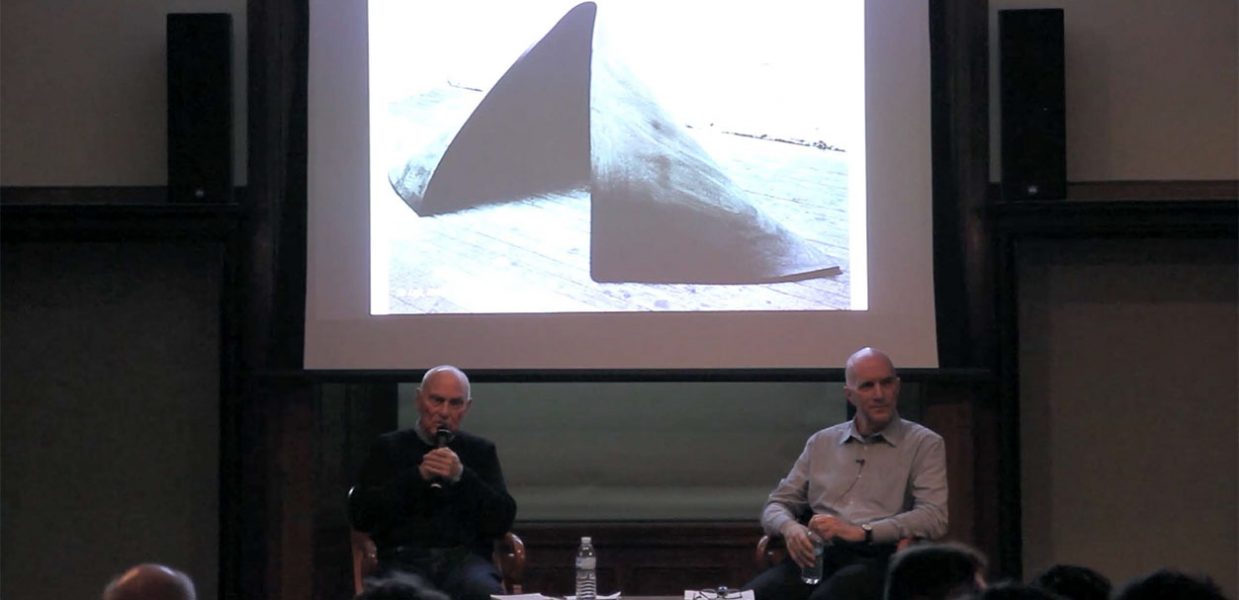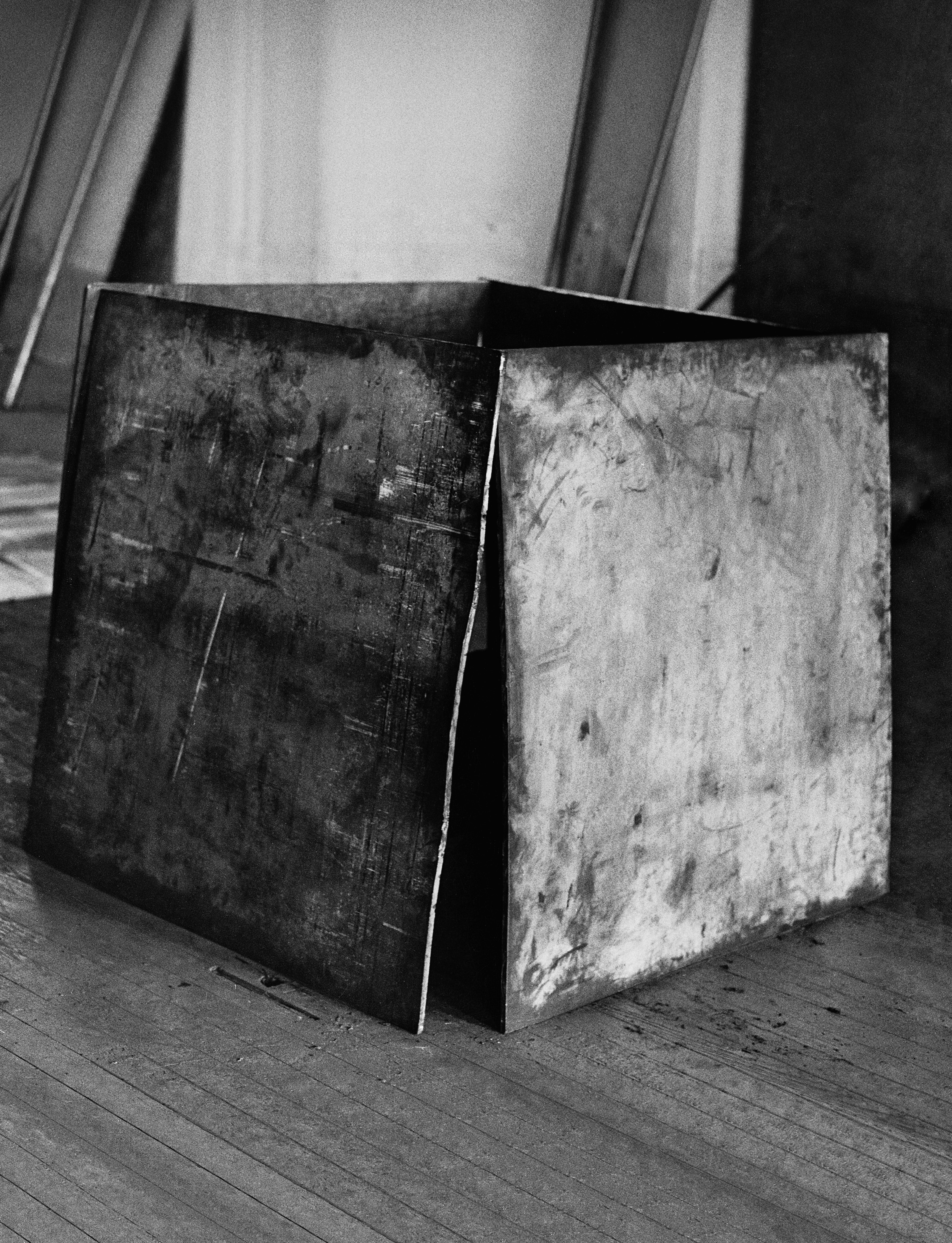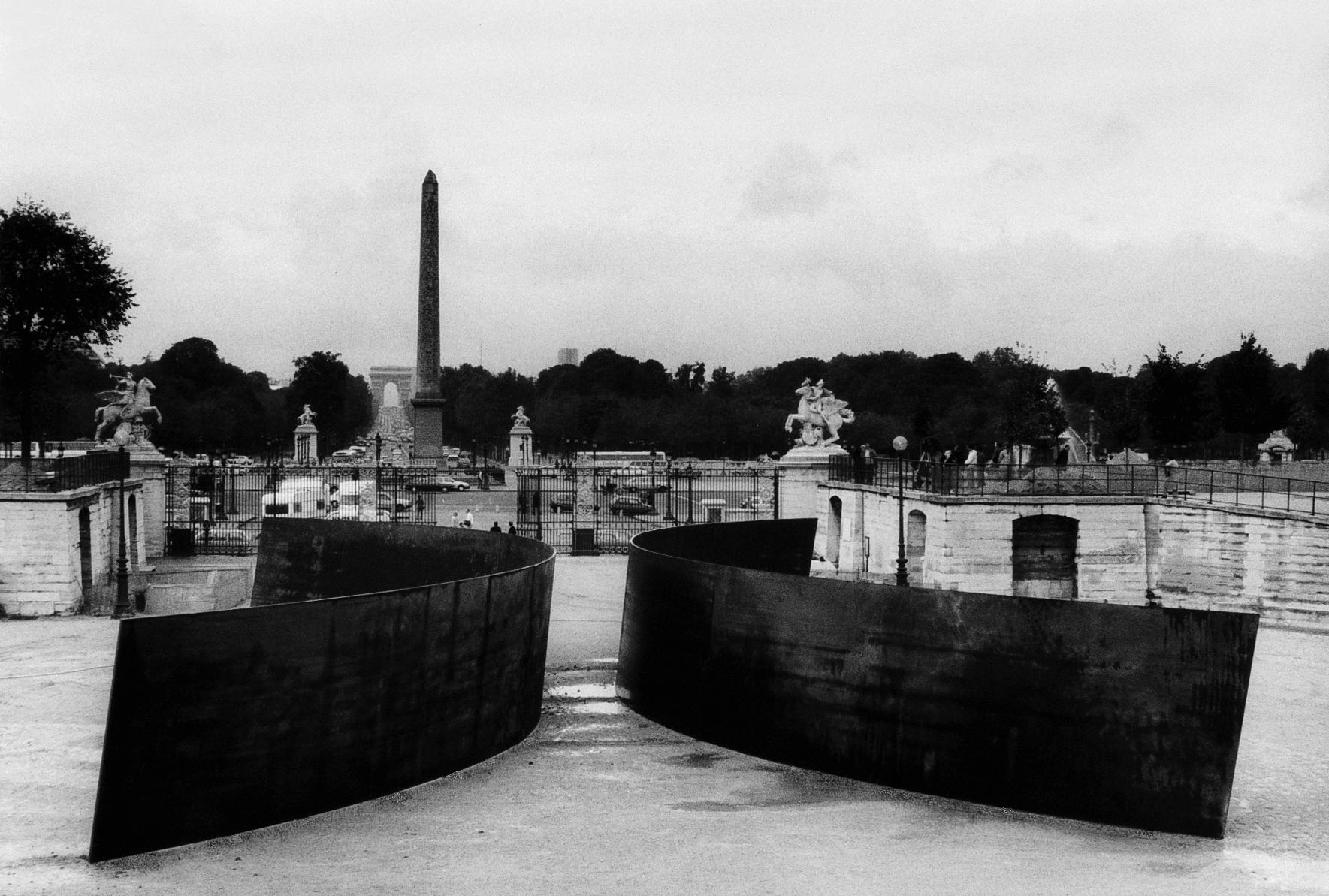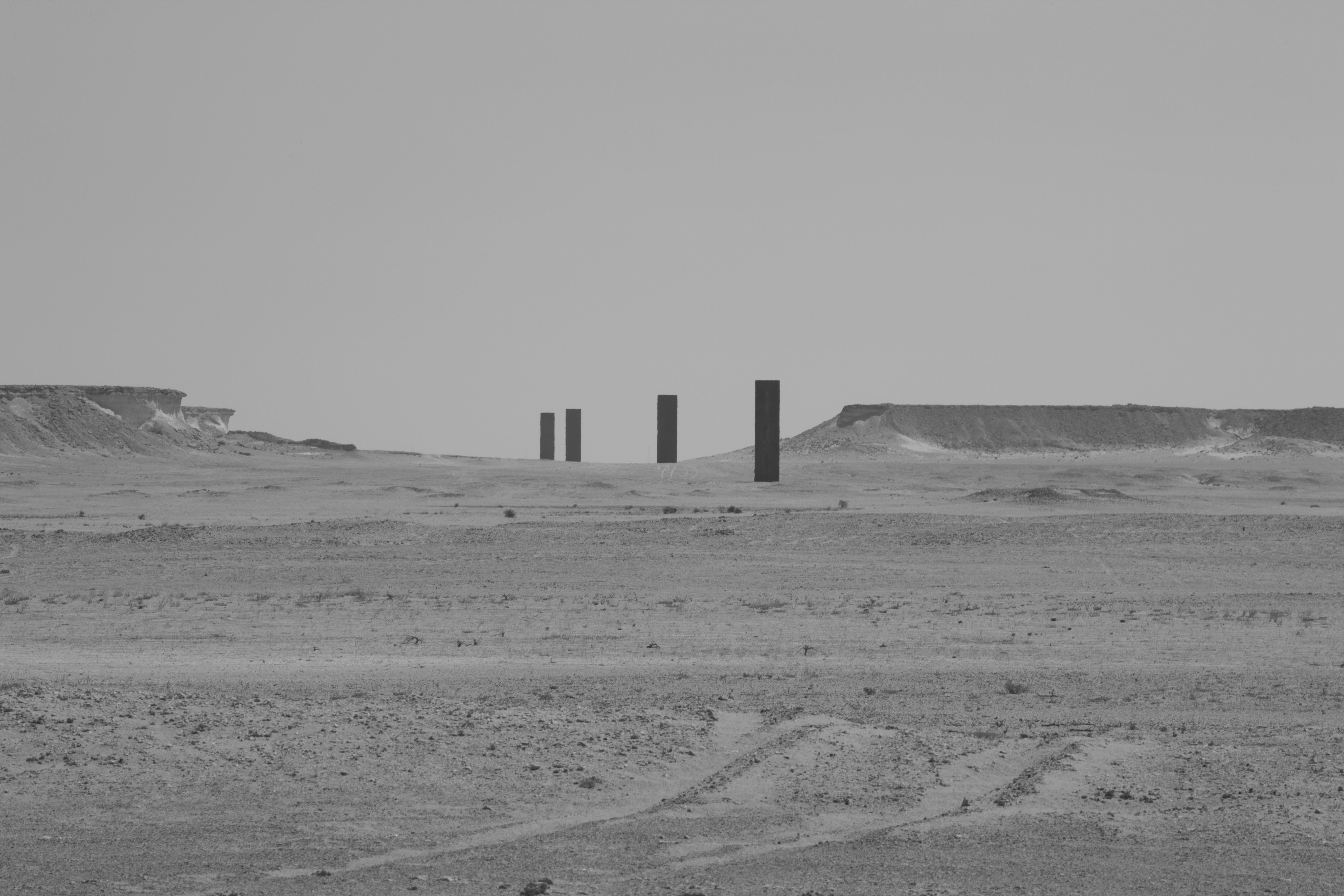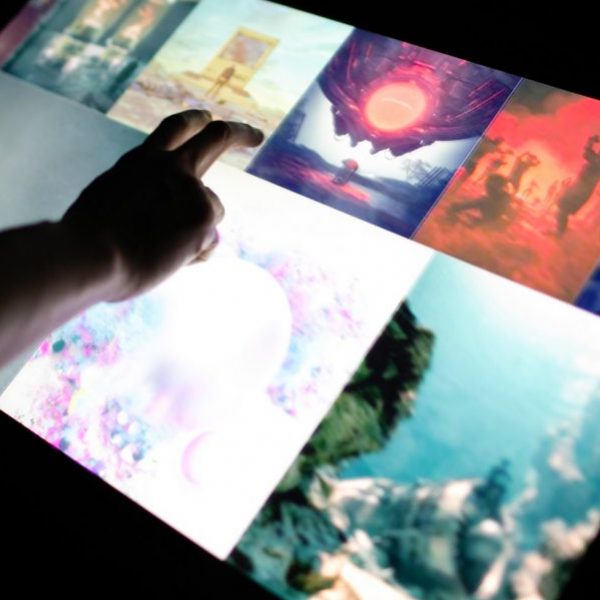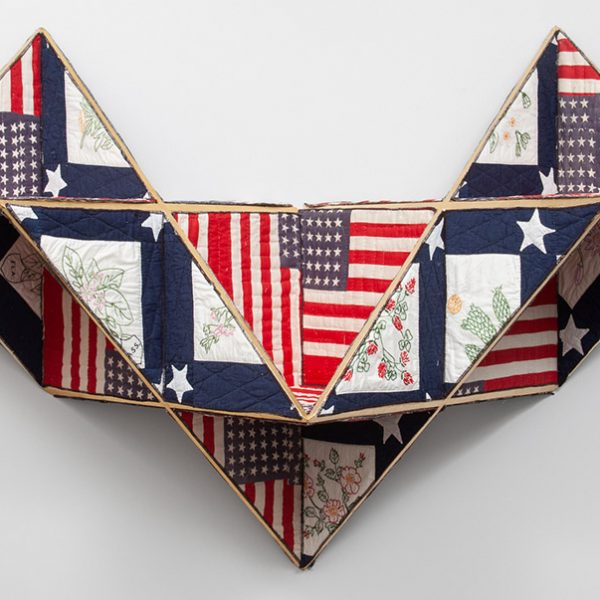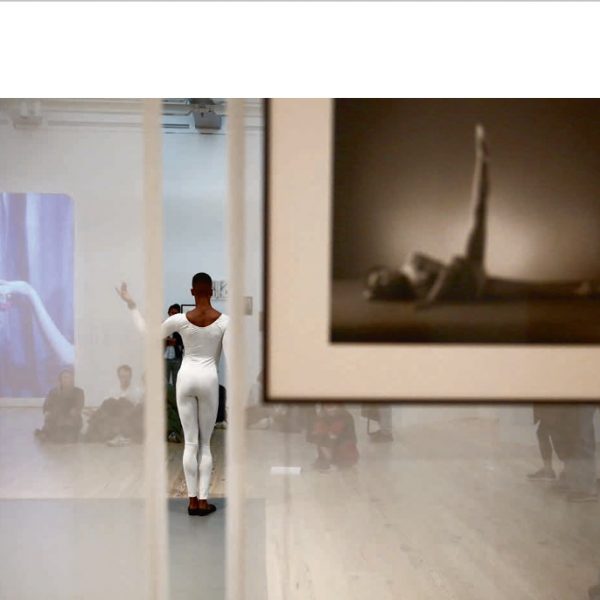In conversation about sculpture: Richard Serra and Hal Foster
For your Friday afternoon (which also happens to be Richard Serra’s birthday!), here’s a slideshow of images from our new book Conversations about Sculpture by Richard Serra and Hal Foster. It can accompany your reading of an illuminating excerpt from the book, which ran on Monday on artnet News, a portion of which is reproduced below.
- Fig. 1
- Fig. 2
- Fig. 3
- Fig. 4
Hal Foster: How did you negotiate the figures who visited Yale, with all their different materials, mediums, and protocols in the studio? Apart from Albers, you had Rauschenberg, Johns, and Stella as well as Guston and Reinhardt.
Richard Serra: Reinhardt was very influential. He gave university-wide lectures, not just to art and architecture students. His “Twelve Rules for a New Academy” (1953) and his manifestoes were impressive, especially the way he approached a position through negation. But you had to digest all the visitors as best you could. Also, twice a day at Yale I passed Mondrian’s Foxtrot; Duchamp’s Tu m’ was upstairs, and Brancusi’s Yellow Bird was in the hall.
We were in school not to break ground but to work our way from Cézanne to Pollock, de Kooning, or Johns. That’s what students did at the time. Some imitated the New York scene immediately in front of them, but if that was all you were doing, you were already rearguard, and everybody knew it. I ended up painting knock-off Pollock–de Koonings.
Was Russian Constructivism in the mix for you then? Camilla Gray’s book, The Great Experiment: Russian Art 1863–1922, was published in 1962, and it was immediately important for Carl Andre, Sol LeWitt, and Flavin.
I wasn’t interested in Constructivism at the time. I was a painter, trying to figure out what that meant, and whether I wanted to continue painting. Yale awards a traveling fellowship; I was fortunate enough to get one, so I had a year in Europe. I went to Paris, and that changed my whole grounding.
Why? I know you went to the Cinemathèque Française regularly, and that the Brancusi studio was important to you, but how did Paris change your entire orientation?
I hadn’t looked at much sculpture before. I was going to the Académie de la Grande Chaumière to draw every day, but that seemed, well, academic. I saw as many shows as I could; the big ones involved well-established artists: Magritte, Francis Bacon, Giacometti, artists of that generation. They were mythical figures, empowering, but there was no new scene in Paris.
Ileanna Sonnabend had a gallery that showed Edward Higgins and Lee Bontecou, yet Rauschenberg wasn’t there. In fact, the American scene hadn’t entered Paris much, and the abstract scene—the École de Paris with artists like Hans Hartung—was boring. I found my way to Brancusi’s reconstructed studio in the Musée National d’Art Moderne, and I began to draw. I can’t tell you why, but something just clicked. Drawing has a lot to do with how a volume hits an edge, how it cuts into space, and it was enormously helpful for me to work there. Maybe the studio had an aura that attracted me too; maybe it smelled like art.
Did Brancusi equal sculpture for you then? Or did you see a tradition—before him, after him—that you could draw on?
No. I knew very little about Brancusi, very little about sculpture. But if you’re young and want a foothold in sculpture—whether to go into figuration and content or into abstraction and space—Brancusi is an encyclopedia. He’s very pure, authoritative, convincing.
There was the New Wave in Paris, and I was going to the Cinemathèque to see Truffaut, Godard, Resnais, and Bresson. I was aware that I was watching a new idiom in the making. By comparison the French painting scene wasn’t interesting, with the exception of the artist who painted under the influence of mescaline…
Henri Michaux.
Yes, I saw a show of his and never forgot it; it was one of the most interesting events in my year in Paris. I had a fairly good sense of Pollock by then, and that show—in terms of marking a field—suggested a similar nonanalytical way out. It certainly had nothing to do with Brancusi: He was about a reduction to form, volume, shape. Michaux, like Pollock, opened up the field.
Further reading:
Image captions:
Fig. 1 One Ton Prop (House of Cards), 1969. Lead, four plates, each 48 × 48 × 1 in. (121.9 × 121.9 × 2.5 cm). The Museum of Modern Art, New York. Gift of the Grinstein Family, Los Angeles. Photo Peter Moore.
Fig. 2 Clara-Clara, 1983. Weatherproof steel, two near-identical conical sections inverted relative to each other, 12 ft. × 109 ft. × 2 in. (3.7 m × 33.2 m × 5 cm), 12 ft. × 107 ft. 10 in. × 2 in. (3.7 m × 32.8 m × 5 cm). Collection City of Paris. Photo Dirk Reinartz.
Fig. 3 East-West/West-East, 2014. Weatherproof steel, four plates, two 54 ft. 9 1/2 in. × 13 ft. 1 1/2 in. × 5 1/4 in. (16.7 m × 4 m × 13.3 cm), two 48 ft. 2 3/4 in. × 13 ft. 1 1/2 in. × 5 1/4 in. (14.7 m × 4 m × 13.3 cm). Brouq Nature Reserve, Qatar. Qatar Museums Authority, Doha. Photo Cristiano Mascaro.
Fig. 4 To Lift, 1967. Vulcanized rubber, 36 × 80 × 60 in. (91.4 × 203.2 × 152.4 cm). The Museum of Modern Art, New York. Gift of the artist. Photo Peter Moore.























